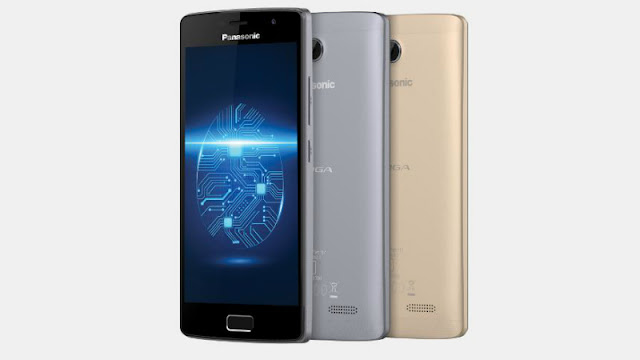Can't Get a GPS Signal? Researchers Develop Navigation System Based on Wi-Fi, LTE Signals
Analysts at College of California Riverside (UCR) have displayed better approaches to make route frameworks work even without satellites. The recently composed framework utilizes substitute radio signs like Wi-Fi and LTE for area information.
UCR PhD applicant Joshua Spirits and his colleague Zak Kassas have built up another inertial in addition to satellite route framework that can utilize radio signs like Wi-Fi, cell phone signals, television transmissions, and AM/FM Radio to give precise routes points of interest, notwithstanding when satellites are out of range.
The specialists assert that the present GPS route framework isn't sufficiently precise for a self-ruling vehicle to depend on them completely, particularly in zones where a satellite flag can't be gotten. With self-ruling vehicles apparently not too far off, Spirits has composed another approach to give exact route the assistance of radio signs. This route framework dispenses with the need to depend on satellite flags, and is the ideal answer for any potential GPS run/sticking issues.
This exploration was introduced in September at a route framework meeting. The specialists exhibited how far radio signs have come, and their option utilization. For those ignorant, the decades-old GPS framework has debilitated after some time, and issues like sticking and flexibility are presently springing up.
Calling the radio flags the "signs of chance" (SOO), the analysts say that utilizing them will challenge. While the vehicle is moving and the route frameworks loses association with GPS satellites incidentally, it can exploit these radio signs to recognize exact area information. Just to clarify how this functions, UCR has likewise distributed a second paper indicating how LTE signs can particularly be utilized to give area information.
UCR PhD applicant Joshua Spirits and his colleague Zak Kassas have built up another inertial in addition to satellite route framework that can utilize radio signs like Wi-Fi, cell phone signals, television transmissions, and AM/FM Radio to give precise routes points of interest, notwithstanding when satellites are out of range.
The specialists assert that the present GPS route framework isn't sufficiently precise for a self-ruling vehicle to depend on them completely, particularly in zones where a satellite flag can't be gotten. With self-ruling vehicles apparently not too far off, Spirits has composed another approach to give exact route the assistance of radio signs. This route framework dispenses with the need to depend on satellite flags, and is the ideal answer for any potential GPS run/sticking issues.
This exploration was introduced in September at a route framework meeting. The specialists exhibited how far radio signs have come, and their option utilization. For those ignorant, the decades-old GPS framework has debilitated after some time, and issues like sticking and flexibility are presently springing up.
Calling the radio flags the "signs of chance" (SOO), the analysts say that utilizing them will challenge. While the vehicle is moving and the route frameworks loses association with GPS satellites incidentally, it can exploit these radio signs to recognize exact area information. Just to clarify how this functions, UCR has likewise distributed a second paper indicating how LTE signs can particularly be utilized to give area information.



Comments
Post a Comment